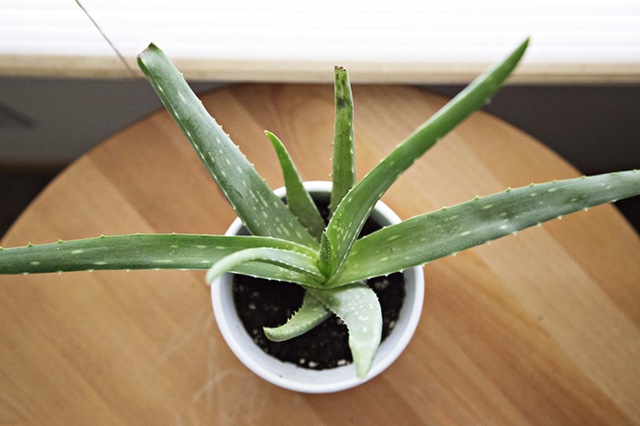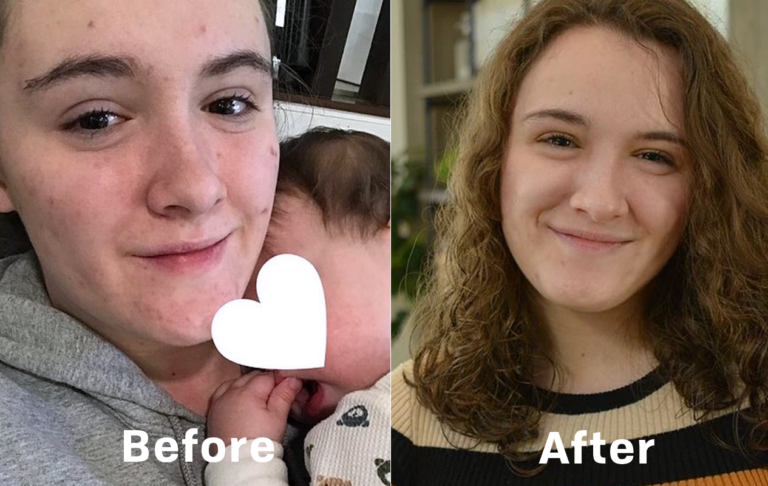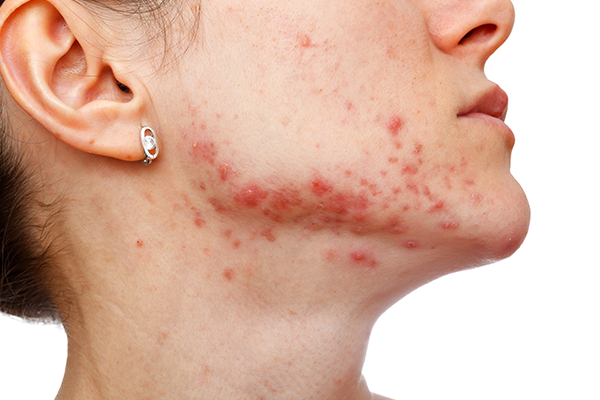4 Ways to Get Rid of an Ingrown Hair
Say Goodbye to Ingrown Hairs
An irritating ingrown hair is a common nuisance; one that often crops up after an area has been shaved, tweezed, or waxed. Hair regrowth typically pushes back out through the follicle, in the same direction as the hair that was removed. An ingrown hair can occur when the hair grows into the hair follicle, or curves back and grows beneath the skin. Most often, this occurs because dead skin cells have blocked the hair follicle and forced the hair regrowth in the wrong direction.
An Ingrown Hair – or a Pimple?
When a hair becomes ingrown, the follicle may become inflamed and your body reacts as it would to any other foreign object getting under your skin. This process means that the follicle itself can become red, irritated, itchy, sensitive or painful, and may fill with fluid. For this reason, an infected hair follicle can very closely resemble a pimple or spot of acne.
An easy way to tell the difference between a spot of acne and an infected hair follicle is that you can often actually see the hair curled beneath the skin. An ingrown hair is unlikely to appear in an area that you haven’t shaved or waxed. For men, they most commonly occur on the face; for women, on the legs, underarms, and bikini line.
4 Ways to Get Rid of an Ingrown Hair
If you’re already struggling with some ingrown hairs, don’t dismay! There are ways of removing an ingrown hair, and preventing it from coming back.

In most cases, the situation will resolve itself with the hair finding its way back out of your skin. However, if an ingrown hair is particularly irritating or inflamed, there are some tips that can bring about faster healing:
- Exfoliate. Gentle, consistent exfoliating will help remove the blockage that started the hair growing inward in the first place.
- Sea Salt. Nature often has the solutions for our ailments, and in this case, it’s a salty solution! Swabbing the affected area with a cotton ball soaked in sea salt will help soothe and draw out infection.
- Aloe Vera or Tea Tree Oil. Natural disinfectants such as aloe and tea tree oil promote healing and will resolve the infected hair follicle much faster.
- Extraction. Removing an ingrown hair is the most invasive option, but also the fastest method of resolution. With a disinfected straight pin and tweezers, you can remove the hair from the follicle, followed by thoroughly disinfecting the area. A doctor can also do this for you if you’re too squeamish!
Prevention is actually your Best Option
The best way to deal with ingrown hairs is to prevent them from happening in the first place! Regular, gentle exfoliation can help prevent dead skin and other surface debris from clogging up your pores and hair follicles.
Shaving Tips for Preventing Ingrown Hairs
Here are some tips specific to your shaving routine that can help prevent these irritating little bumps:
- Soak in the steam. Time your shave toward the end of your shower or after a hot bath; the heat and steam opens your pores and softens the hair, making for an easier, smoother shave.
- Exfoliate the area to be shaved. It should come as no surprise that the most effective way to treat ingrown hairs is also the most effective prevention! Immediately before shaving, gently exfoliate the area.
- Nourish your skin. Following your shave, apply a lotion that will nourish and soothe the skin; ingredients like aloe vera or tea tree oil have natural anti-bacterial properties that will stave off infections.
With a little attention and prevention, you can be rid of those pesky ingrown hairs in no time!







